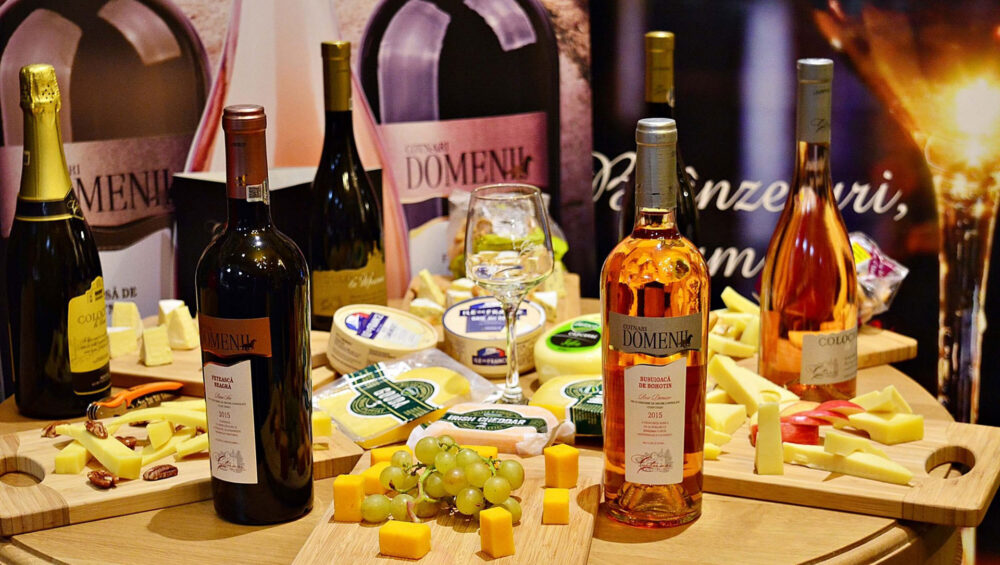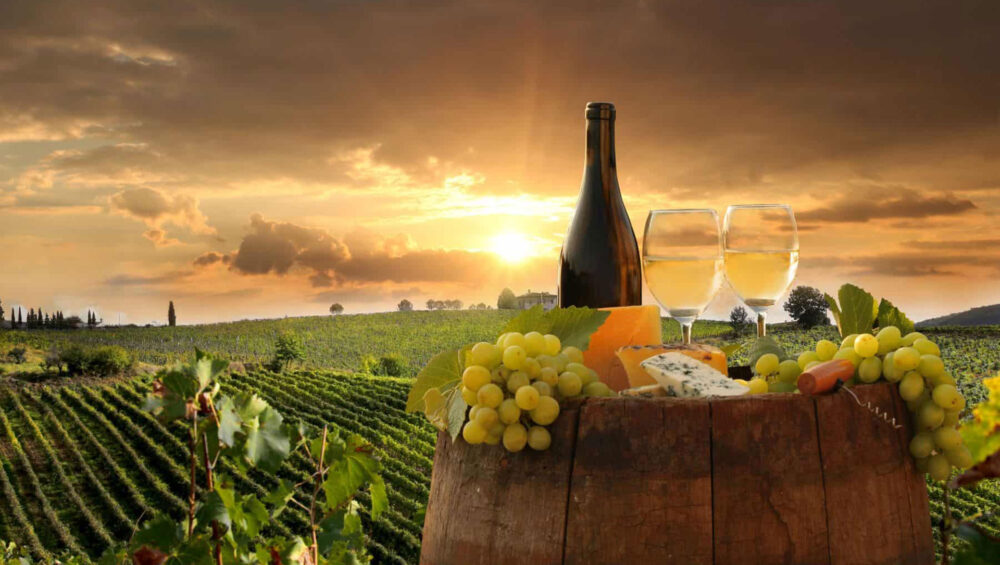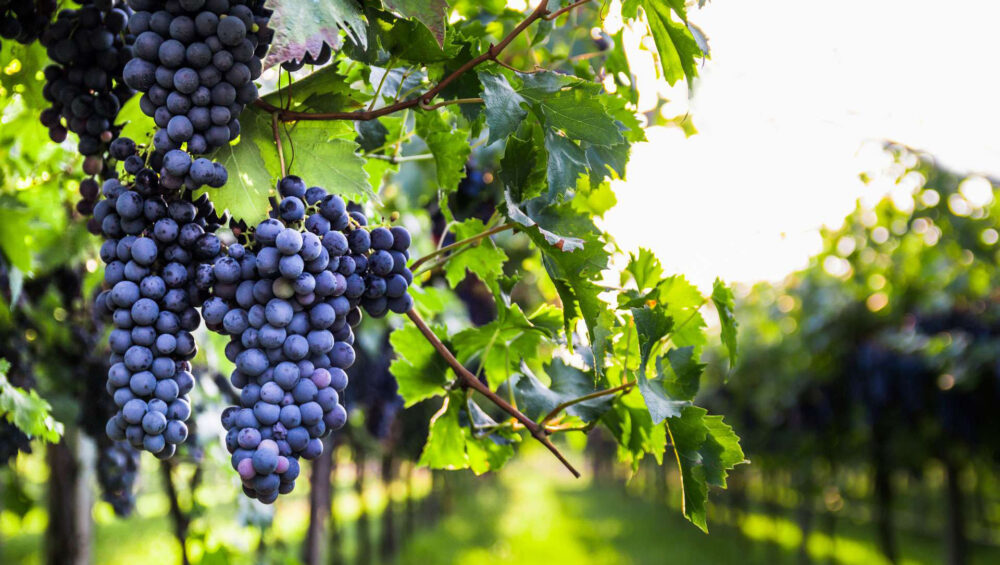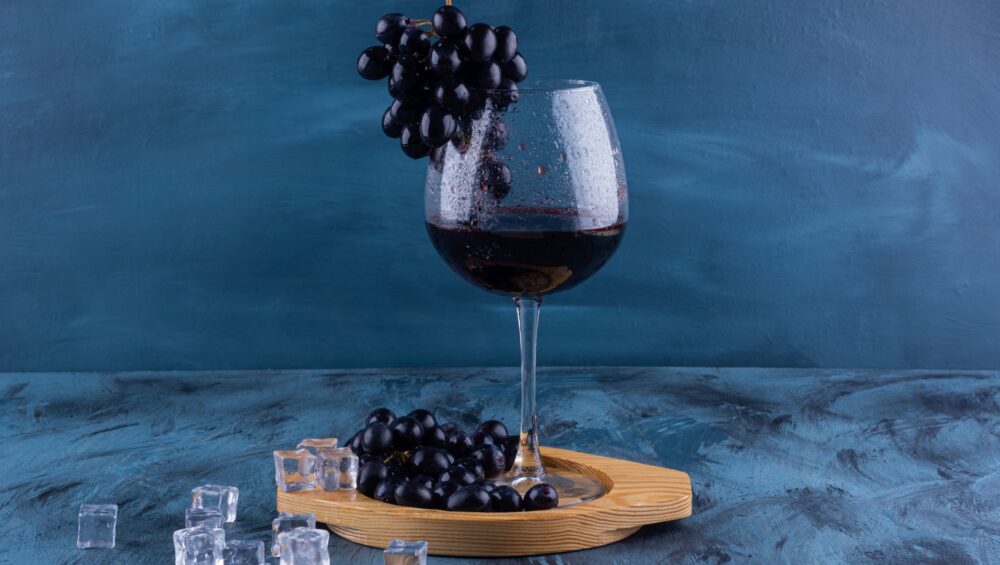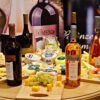Cotnari – the most famous wine cellar in Moldova
Built on the foundation of a history of about 2000 years that the cultivation of vines wrote on the Cătălina hill in the Moldavian Plateau, Cotnari Vineyard is one of the best known in the country. The Romanian varieties cultivated here stretch on an area of about 1700 ha (a little more than the entire city of Târgu Frumos).
Cotnariul is the only vineyard in which indigenous varieties were kept exclusively: Cotnari fat, white feteas, Romanian and brake.
At Cotnari the tourist enters the world of wine and history in the area. He is invited to discover the 15 hrubs of the vineyard (Hruba is a underground room or gallery that serves to store the products), the cake, but also the Cătălina Fortress, the Necropolis from Cuuteni, the ruins of Despot-Voda, St. Parascheva Church, Cârjoaia Castle , Castle with Campaise.
The emblem of the Cotnari Wine House captures the Vlădoianu Castle in Cârjoaia, built in 1901 by Boier Vlădoianu himself, former governor of the BNR and a distinguished winemaker, as pure inspiration in the story of the wine.
In the construction of the castle, an Italian project and materials brought from Italy was used. With the passage of time, the domain was assigned various destinations: during the Second World War it was used by the Russian army as a hospital and between 1945-1950 it worked as an orphanage. After 1950 he was taken over by Ias Cotnari. In 2000 he was returned to the law heirs from whom he was later purchased. Currently, over Vlădoianu Castle has left its mark on the passage of time, but in the future it is aimed to carry out a unique project to restore the domain, which will restore its former, specific brilliance.
At this moment, Cotnari Crama houses an impressive collection of wine cellar wines, having a total of about 1,000,000 bottles, of which the oldest glass of wine kept for aging is 1956.

